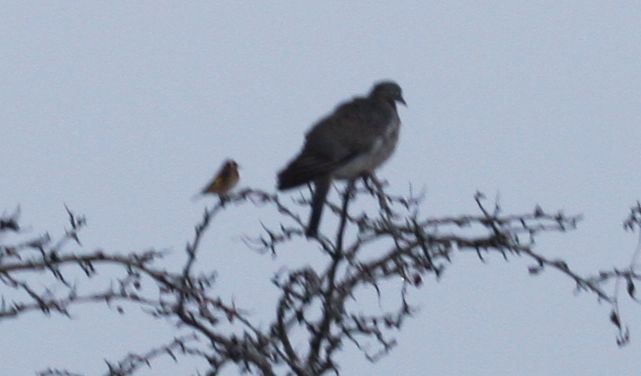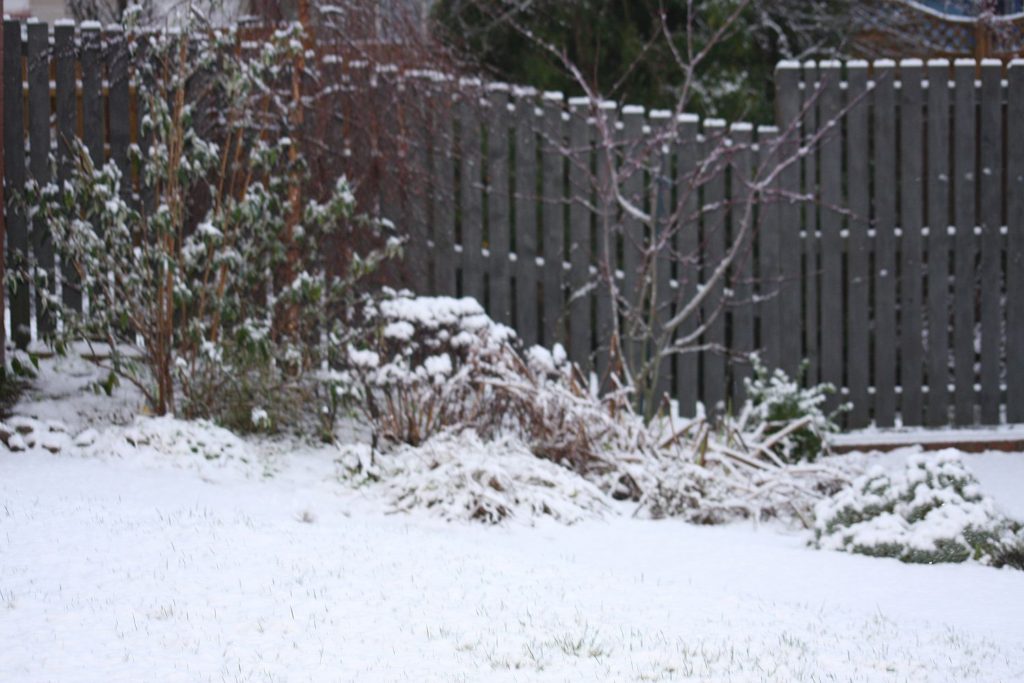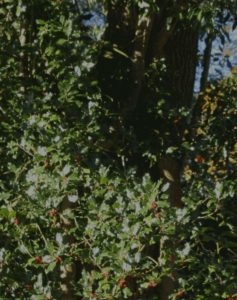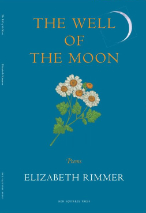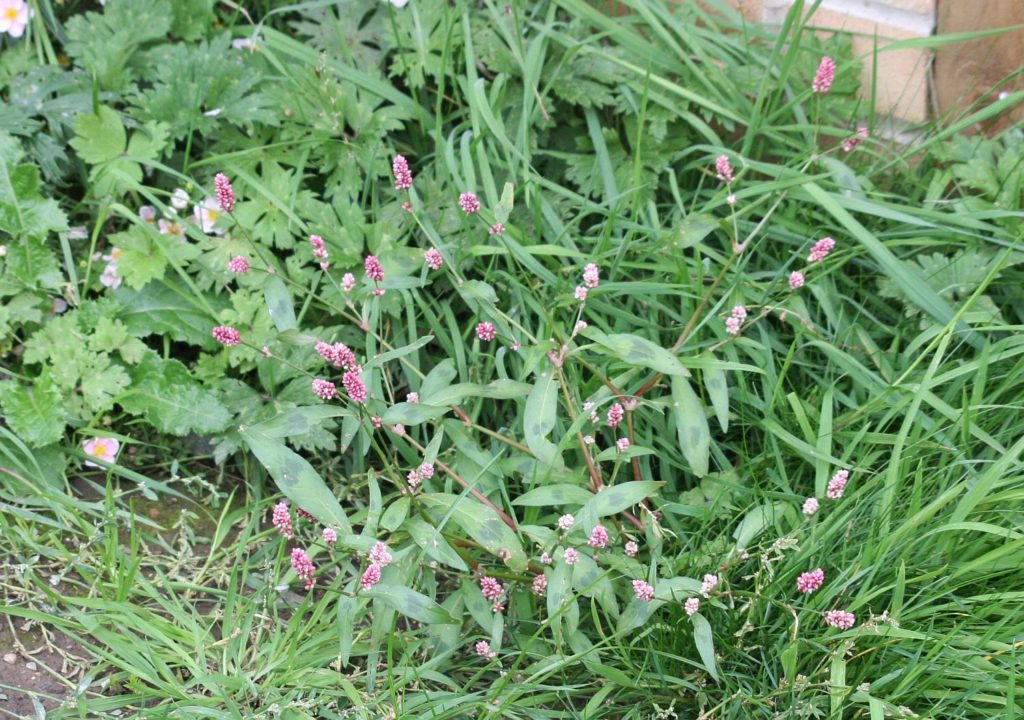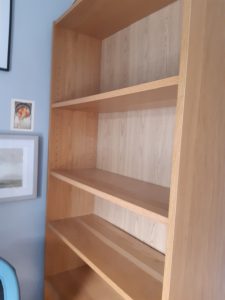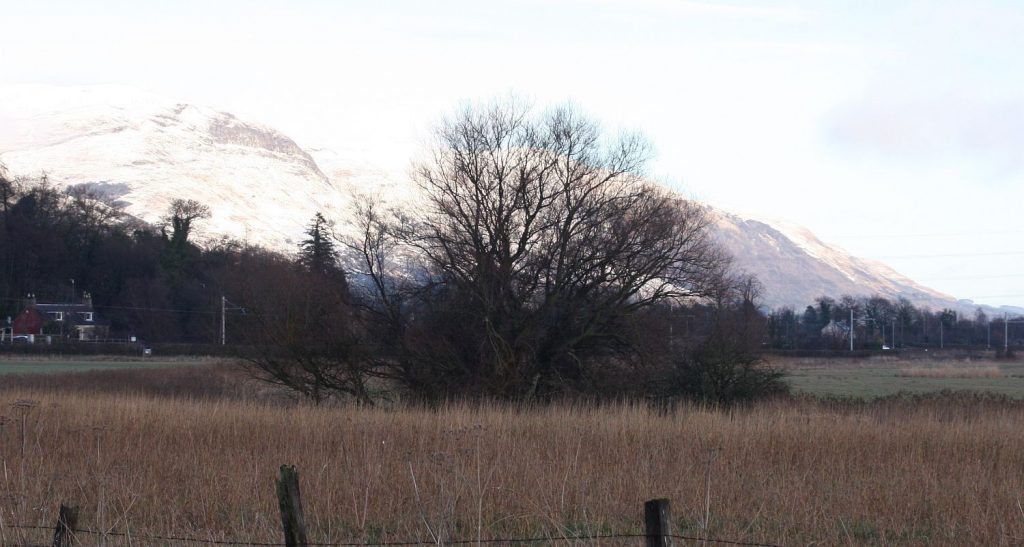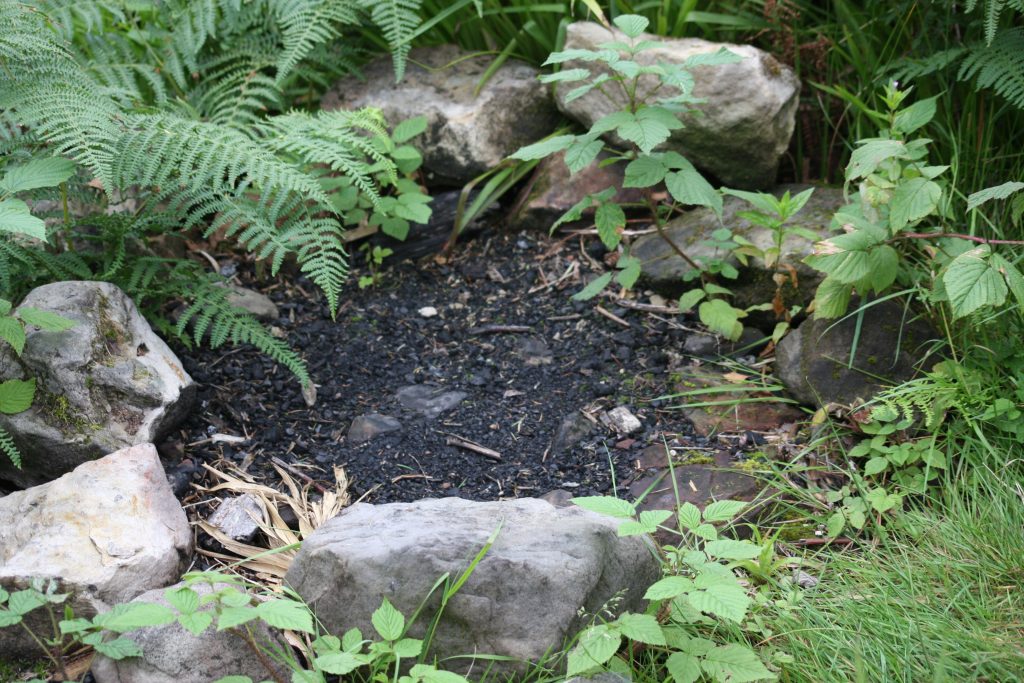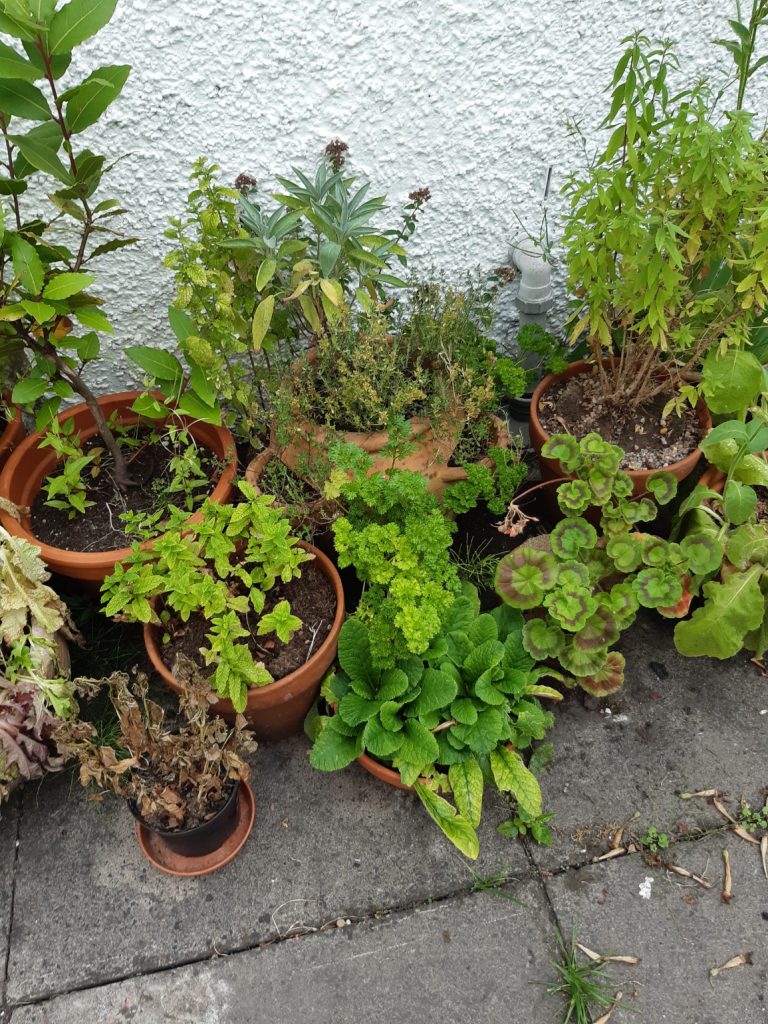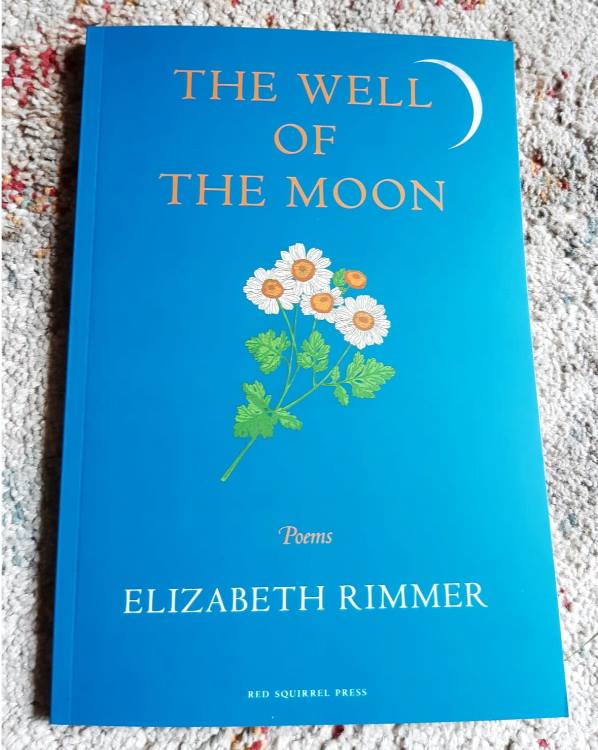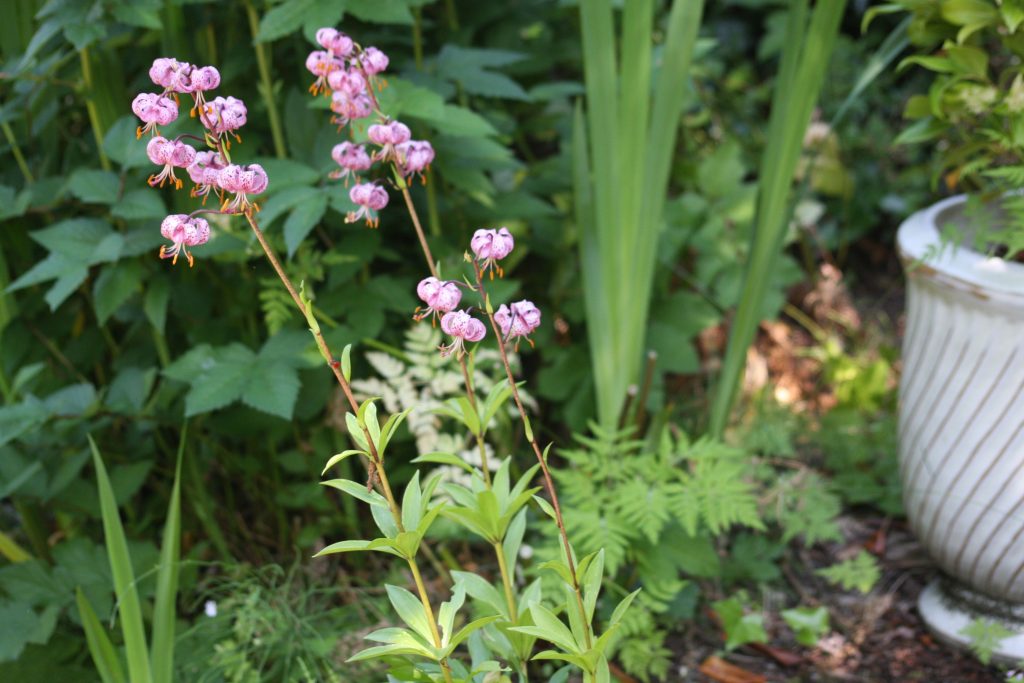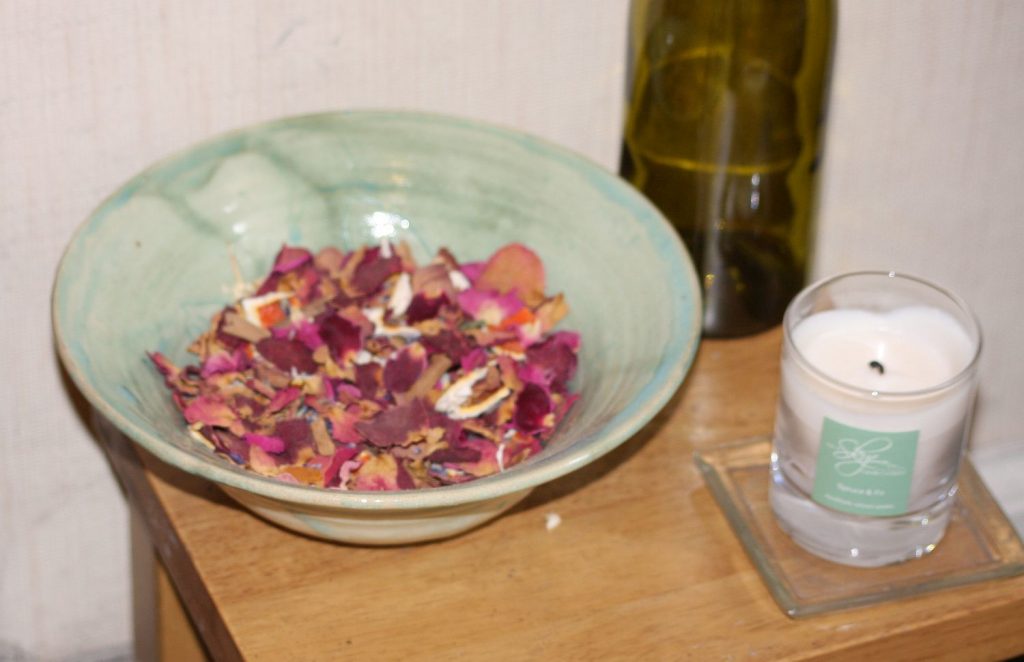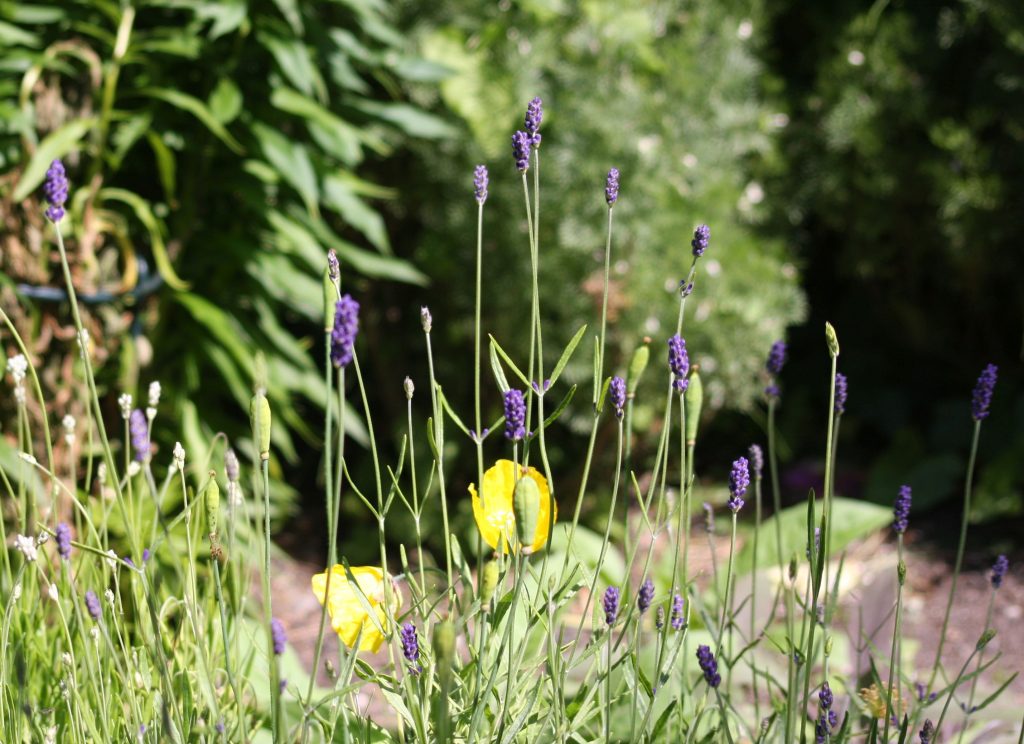This was not going to be the last post before Christmas. There was going to be something a bit more festive and encouraging next week, with maybe a Christmas tree on it, or the gingerbread house we made with the grandchildren, and this was going to be more meditative and grounded. However, I have been overtaken by events, and I know that I will be too busy to be back here before New Year.
I have been casting up accounts of how the year went, and it’s been quite momentous in several ways, and much has changed since last year. After many years of caring for my daughter, a change in her diagnosis meant a very different outlook and prospects for her, and we have been working through the implications not only for her, but for all of us. Things are more stable now than they have been for a long time, and the house move I’ve been writing about since September was a big part of that.
The house has been a big change. It isn’t only the physical differences, the higher ground, the westerly milder weather, a landscape that is more definitively urban, a new house rather than one over a hundred years old, it’s the community. People here are much more extraverted, decorating houses more lavishly for Halloween and Christmas, more talkative in the street when they are out walking, more demonstrative about things they like or don’t like. It’s a younger community, by and large, and there are more children because it’s a new family centred estate, and many more dogs, because people typically moved in just before lockdown, and they all got dogs, or cats. But the dogs are mostly well-behaved, because you know there would be consequences if they weren’t. I am not at all a dog person, but I find I am considerably calmer around them now than I ever expected to be.
Then there was The Well of the Moon, which came out in June.
There was a time when I didn’t think I could write this book, and a time when I wondered if I could publish it. It had some very personal stuff in it, and some wild experiments. And yet it has had more lovely things said about it than any of my books, and I have sold more copies. It launched at St Mungo’s Mirrorball, which is an enormous privilege, and I had the pleasure of reading from it, not in my home town exactly, but in New Brighton, close enough that two of my siblings were able to be there.
COP 26 was a significant moment. Not as big a turning point as we might have wished, nor producing the results we needed, exactly, but it did demonstrate to the powers slowing us down that most people need more action, bigger changes and deeper understanding, and more of us are taking action to see that it happens, and to make changes in our own lives.
There have been losses this year, the father of one of my children’s oldest friends, William Bonar, the brilliant poet in his own right and wonderful supporter of other poets, and a friend of more than thirty years ago, to whom I dedicated The Well of the Moon. Other people have had more significant bereavements and illness and anxiety has touched us all. We are exhausted, I think, and frustrated at our apparent powerlessness, but we are still here, stronger for the bonds we built over social media, knowing more about who our friends are and what they do for us. Instead of a Christmassy evergreen and starlight poem, I’ll finish with one set on the 14th January, where a poet calls Ausonius is missing his absent friend Paulinus, (caught up the other side of the Roman Empire) in which I am thinking of you all. Thank you for all the friendship, the pictures and messages on social media, and especially all the poetry!
For Distant Friends
It is the feast of Felix, and though the snow
makes roads a penance, I am translating
a springtime poem from a long dead man
in Italy. He serves a shrine to Felix, ransoms slaves,
sends loving poems to his teacher, missing him.
The teacher comments, ‘He answered many things,
but did not say that he would come’.
My friends, I can’t come either. More
than winter weather, bad roads, the fall of empires
keeps us apart, but like Paulinus, I send you
poems of love, of memory, of debts I owe you,
hope for better times, a promise to keep you
close to my heart, although I cannot come.
Happy Christmas!

